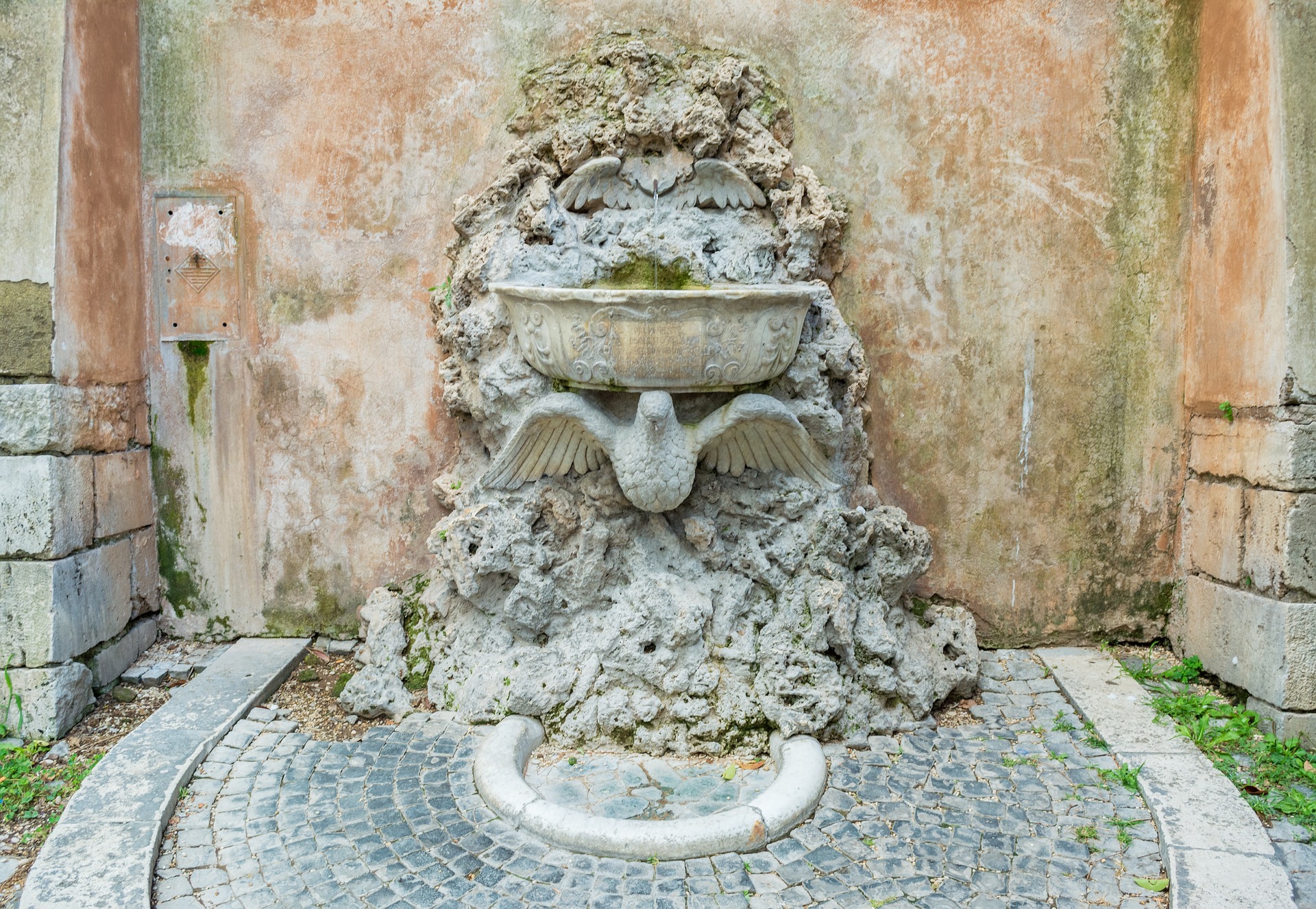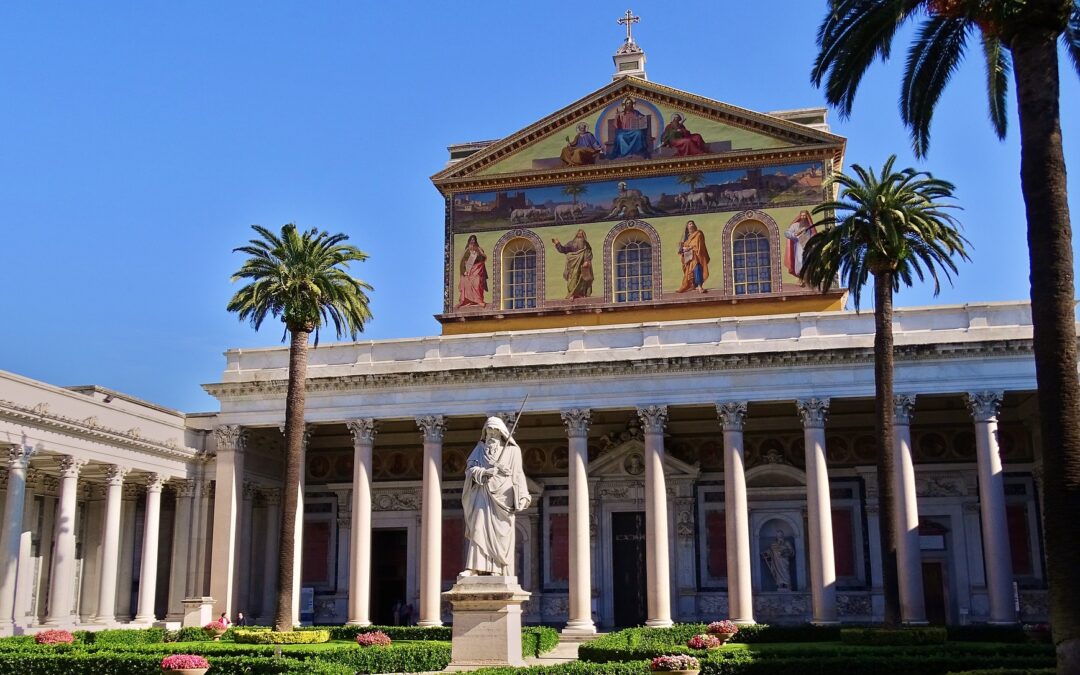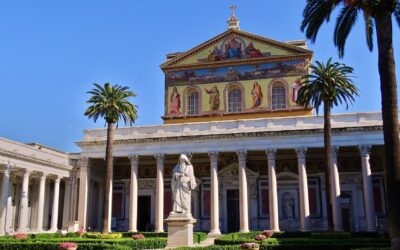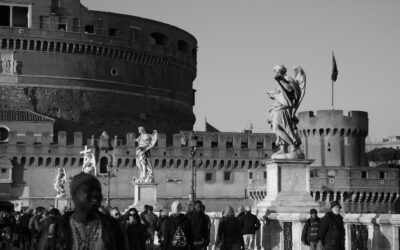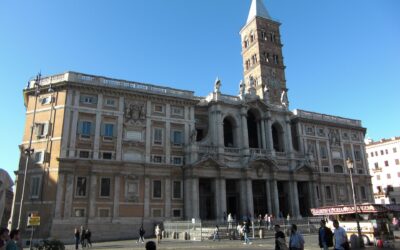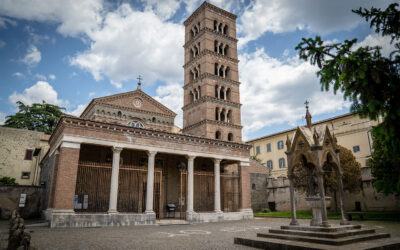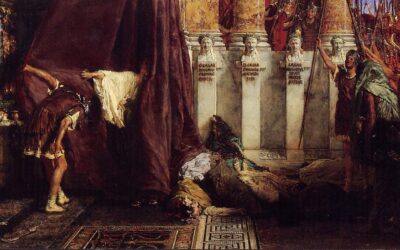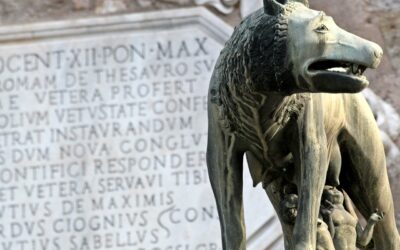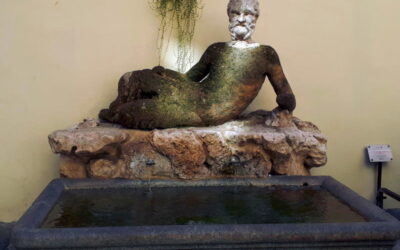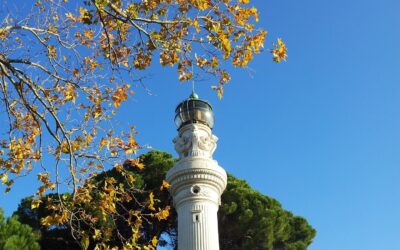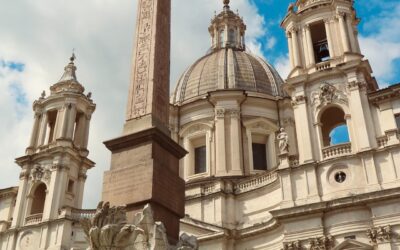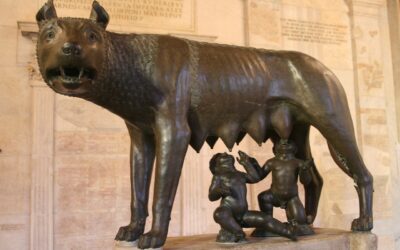In the heart of Rome, amidst the ancient structures and bustling streets, lies the Aventine Hill, one of the seven hills upon which the legendary city was founded. The Aventine Hill boasts a rich and fascinating history, dating back to ancient times. From its early role as a residential area for Rome’s elite to its involvement in crucial events that shaped the fate of the city, the Aventine Hill has left an indelible mark on Roman history. One of the most captivating tales associated with this hill is the legendary story of the geese that saved Rome from invasion. In this comprehensive essay, we will embark on a journey through time to explore the history of the Aventine Hill and delve into the captivating story of the geese that played a pivotal role in preserving the ancient city.
Chapter 1: Aventine Hill – An Ancient Foundation
The Aventine Hill is one of the Seven Hills of Rome and stands approximately 40 meters above the Tiber River. Its strategic location made it an ideal site for early human settlement, and archaeological evidence suggests that the hill was inhabited as far back as the Bronze Age. As Rome expanded, the Aventine Hill became a prominent residential area favored by the city’s elite and wealthy families. Over the centuries, it witnessed the rise and fall of various civilizations, leaving behind a mosaic of cultures that contributed to its unique character.
Chapter 2: The Legend of the Geese – A Tale of Bravery
One of the most captivating tales associated with the Aventine Hill is the legend of the geese that saved Rome from a disastrous invasion. The story dates back to the early days of the Roman Republic, during the reign of the last Roman king, Lucius Tarquinius Superbus, commonly known as Tarquin the Proud. According to the legend, the city of Rome was facing an imminent threat of invasion from the Etruscans, a powerful neighboring civilization.
Chapter 3: The Gallic Siege of Rome
The Etruscans were not the only force that sought to conquer Rome. In 390 BC, a formidable army of Gauls, also known as Celts, descended upon the city with the intent of sacking and pillaging its wealth. The Gauls, known for their fearsome warrior culture, posed a severe threat to the Romans. With the Etruscans and the Gauls on Rome’s doorstep, the city faced a perilous situation.
Chapter 4: The Sacred Geese of Juno and Their Heroic Act
In the midst of this crisis, the Aventine Hill played an unexpected role in the city’s defense. It was here that the Temple of Juno Moneta stood, housing sacred geese that were considered animals of great significance and divine protection. As the Roman forces struggled to defend the city from the Gallic invasion, the Gauls stealthily climbed the steep slopes of the Capitoline Hill, hoping to launch a surprise attack from the back of the city.
Chapter 5: The Geese Sound the Alarm
Legend has it that as the Gauls attempted to scale the walls of the Capitoline Hill under the cover of darkness, they inadvertently disturbed the sacred geese of Juno. The geese, known for their keen senses, let out loud and persistent honks, alerting the Romans to the impending danger. The sound of the geese acted as a warning signal, jolting the Roman defenders awake and enabling them to repel the surprise attack.
Chapter 6: Rome’s Salvation and the Legacy of the Geese
Thanks to the vigilance of the sacred geese, the Roman defenders were able to mobilize and mount a fierce counter-attack against the Gauls, ultimately driving them away from the city. This heroic act of the geese earned them a place of honor and reverence among the Roman populace. To commemorate their valor, a special ceremony known as “The Feast of Juno’s Geese” was held annually on the Aventine Hill.
Chapter 7: Aventine Hill – A Hub of Culture and Religion
Beyond the legendary tale of the geese, the Aventine Hill continued to play an essential role in Roman life. Over the centuries, it became a center of culture, art, and religion. Various temples, gardens, and luxurious residences were established on the hill, making it an attractive location for the city’s aristocracy.
Chapter 8: Aventine Hill in the Modern Era
In the modern era, the Aventine Hill has undergone numerous transformations. Today, it is known for its scenic views, beautiful gardens, and charming atmosphere. Visitors can explore historical landmarks such as the Basilica of Santa Sabina, one of Rome’s oldest churches, and the Orange Garden (Giardino degli Aranci), offering breathtaking panoramic views of the city.
The Aventine Hill stands as a witness to the grand tapestry of Rome’s history, from its ancient foundations to the present day. Its captivating tale of the geese that saved Rome from invasion embodies the spirit of bravery and devotion that has come to define the city. As visitors walk its storied streets and marvel at its architectural wonders, they are reminded of the ancient legacy that shaped Rome’s destiny and the enduring symbolism of the sacred geese of Juno, forever enshrined in the annals of history.

